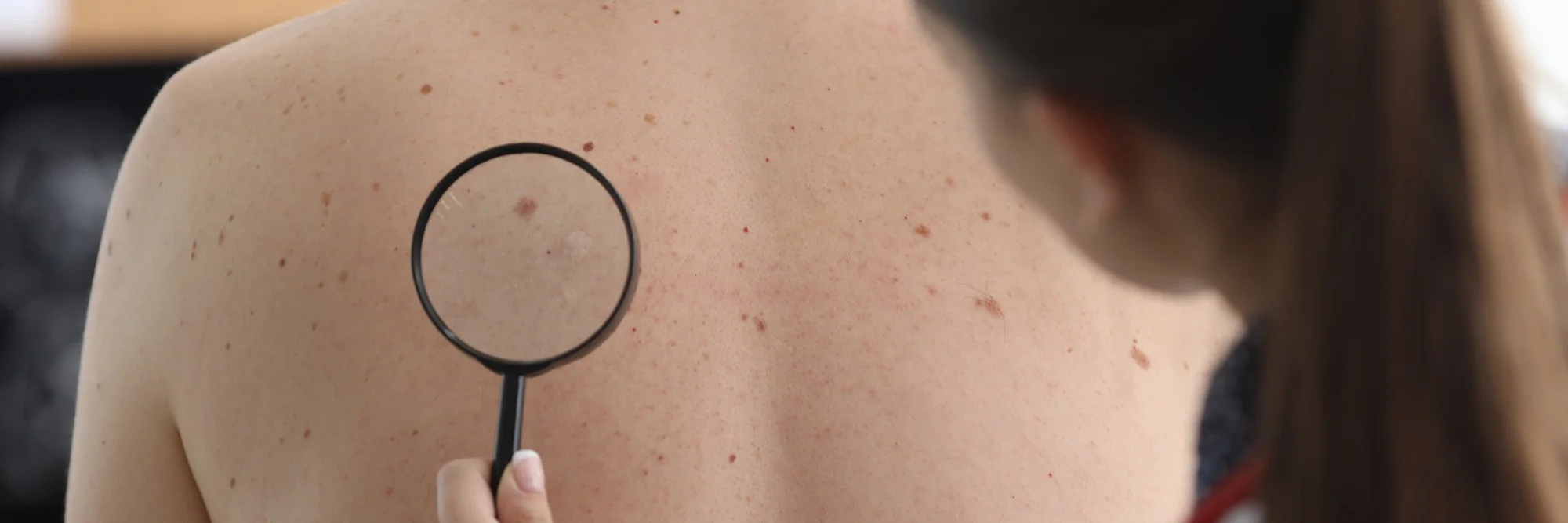A recently published study in the ‘Environmental Research’ journal has cast new light on the factors contributing to the surging rates of non-melanoma skin cancers (NMSCs). The study, conducted by a team of researchers from the Tor Vergata Hospital in Rome, Italy, analyzes environmental and clinical parameters to understand the epidemiology of this increasingly common group of skin cancers.
The research article, titled “Epidemiological and clinical analysis of exposure-related factors in non-melanoma skin cancer: A retrospective cohort study,” appears in the January 2024 issue of the journal. It presents a comprehensive retrospective cohort study involving 546 NMSC patients managed at the Dermatology Unit of Tor Vergata Hospital.
DOI and References
The study’s DOI is 10.1016/j.envres.2024.118117, and the reference number is S0013-9351(24)00021-5.
Key Findings
The research scrutinizes the correlation between NMSC and various factors such as ultraviolet radiations (UVRs), global warming, comorbidities, and the prevalence of actinic keratoses (AKs), basal cell carcinoma (BCC), and squamous cell carcinoma (SCC).
Notably, the study reveals a staggering 73.81% of patients with comorbidities, primarily AKs, BCCs in patients with a history of melanoma, and SCCs in those with arterial hypertension, chronic heart failure, and hematologic neoplasms. Men suffer more from NMSCs, making up 61.54% of the case demographic.
Chronic sun exposure exhibits a direct correlation with SCC, while BCC is associated with a history of sunburns. The research divulges that various forms of photo-exposure, including occupational and recreational, significantly impact NMSC development. Furthermore, the study detects a variation in NMSC types influenced by sex, age, and comorbidities, underscoring the need for tailored preventive strategies.
Keywords
1. Non-melanoma skin cancer study
2. Skin cancer epidemiology
3. Ultraviolet radiation skin damage
4. Actinic keratosis prevalence
5. Squamous cell carcinoma risk factors
Methodology
The researchers employed descriptive and inferential statistical analyses to discern the differences between continuous variables and used the Spearman rank test for dichotomous variables. Additionally, they calculated the Charlson Comorbidity Index to ascertain the 10-year survival rate and the mean comorbidity burden of the patients.
Implications
This study imparts critical insights into the associations between various NMSCs and the role of different exposure-related factors. It underscores the need for heightened vigilance and proactive measures to prevent NMSCs, especially in populations with identified comorbidities or significant sun exposure. Moreover, the findings provoke a call to action to address environmental concerns contributing to the rise in UVRs, such as stratospheric ozone depletion and global warming.
Future Directions
The research calls for more comprehensive and long-term studies to be conducted across various populations and geographic locations. It prompts the medical community to better understand the interplay between environmental factors, individual genetic predisposition, and the development of skin cancers.
Author Contributions
The study was carried out by a distinguished group of dermatologists and researchers from the Tor Vergata University including names like Fabio Artosi, Gaetana Costanza, and Monia Di Prete, among others. Their collaborative work spans various facets of dermatology, virology, and experimental medicine.
Conclusion
This research offers pivotal evidence for the escalating issue of NMSCs in relation to exposure-related factors. As the global incidence of these cancers continues to climb, findings from studies like this will play a crucial role in developing strategic interventions and guiding policies aimed at mitigating their impact on public health.
References
1. Artosi, F., Costanza, G., Di Prete, M., Garofalo, V., Lozzi, F., …, & Campione, E. (2024). Epidemiological and clinical analysis of exposure-related factors in non-melanoma skin cancer: A retrospective cohort study. Environmental Research, 118117. https://doi.org/10.1016/j.envres.2024.118117
2. Diffey, B. L. (2004). The future incidence of cutaneous melanoma within the UK. British Journal of Dermatology.
3. Gandini, S., Autier, P., Boniol, M. (2009). Reviews on sun exposure and artificial light and melanoma. Progress in Biophysics and Molecular Biology.
4. Leiter, U., Eigentler, T., Garbe, C. (2014). Epidemiology of skin cancer. Sunlight, Vitamin D and Skin Cancer.
5. Parisi, A. V., Turnbull, D. J., Schouten, P., Downs, N., & Igoe, D. P. (2014). Influence of high levels of cloud cover in winter on the risk of DNA damage in marine environments. Photochemical & Photobiological Sciences.
About the Journal
‘Environmental Research’ is a peer-reviewed journal dedicated to studies in the area of environmental sciences. The journal focuses on the assessment of the impact of environmental agents on human health and the ecosystem.
Copyright © 2024. Published by Elsevier Inc. All rights reserved.
